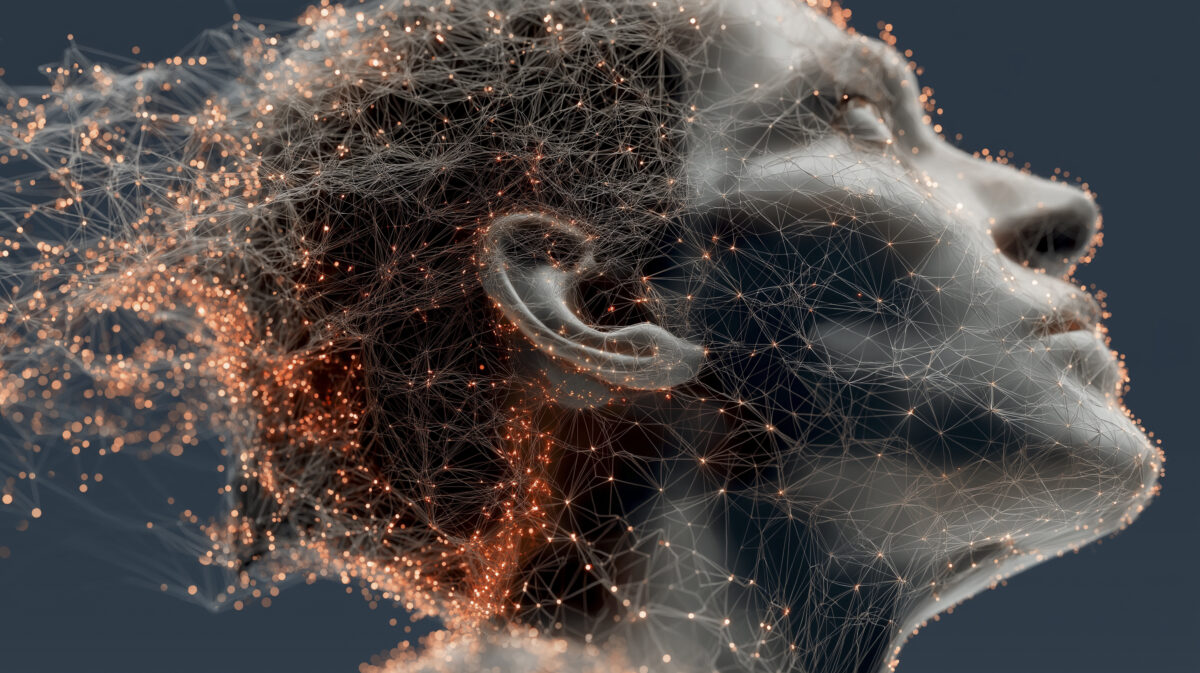A Shift We Can’t Ignore
A designer friend recently told me, half-joking and half-frustrated, that AI is ruining design.
“Clients expect more for less,” she sighed. “It’s killing the craft.”
Her words stayed with me. Not because she was wrong, but because she was right in part.
AI is reshaping the creative world. Yet the real challenge isn’t the technology itself; it’s how we, as leaders, choose to integrate it.
When Canva acquired Affinity in March 2024 (Canva, 2024; Lynch, 2024; Smith, 2024), it wasn’t just buying a suite of design tools; it was buying into a new philosophy of creative work.
Late 2025, Canva’s evolution continues. The company has now relaunched Affinity as a unified design platform, combining its apps for photo editing, illustration, and layout into one “free-forever” suite (The Verge, 2025). This move, described by The Verge as a “major democratization of professional design tools,” illustrates how quickly the creative landscape is shifting from mastering tools to navigating ecosystems.
Nearly a year later, as AI integration accelerates across every platform, the conversation has shifted. We’re no longer asking which tool is best. We’re asking a harder question: What defines creative quality in an age of automation?
From Mastering Tools to Orchestrating Systems
For decades, success in design and marketing meant mastering tools. The better you knew Photoshop, Illustrator, or After Effects, the higher your value. But that era is closing fast.
Today, AI can execute in seconds what once required hours of technical skill. Canva’s ecosystem now blends Affinity-level capabilities with generative design, offering entire campaigns at a click. Adobe follows with Firefly. The output keeps increasing, but alignment doesn’t.
In many SME and corporate marketing teams, I see the same pattern: assets multiply, messages diverge, and teams chase speed at the expense of coherence. The new advantage isn’t knowing how to design. It’s knowing how to orchestrate design systems, governing how creativity flows, scales, and stays human.
Governance, Not Glitter
When AI accelerates execution, the temptation is to produce more – faster, louder, flashier.
But speed without structure breeds noise. As The Verge noted, Canva’s new “free-forever” Affinity platform makes professional design more accessible than ever; but access without direction can quickly turn to chaos. More tools don’t automatically create better creativity; they demand stronger governance.
Governance, not glitter, is what separates brands that scale with integrity from those that drown in inconsistency.
Governance isn’t bureaucracy; it’s alignment.
It’s the framework of principles, templates, and ethical guardrails that allows creativity to expand responsibly.
It asks:
- How do we ensure every AI-generated asset still reflects our core identity?
- Where does human intuition intervene?
Which parts of the process are sacred, and which can automation amplify?
In facilitation sessions, I often compare it to an orchestra. AI gives every musician a louder instrument, but without a conductor, the result isn’t harmony. It’s chaos.

The Strategic Role of Leadership
The leaders who thrive in this new landscape aren’t necessarily the most tech-savvy, they’re the ones who understand systems. They know AI adoption isn’t a creative shortcut; it’s a structural decision.
They invest in:
- Brand systems that define what “on-brand” looks and feels like.
- Cross-functional workflows that connect marketing, design, and strategy.
Ethical frameworks that clarify how AI contributes to quality, not replaces it.
These aren’t glamorous tasks, but they are essential to sustainable creative impact.
AI can make creativity abundant, but only governance can make it meaningful.
Ethics, Emotion, and Adaptability
When my friend rejects AI outright, I understand her resistance: it’s emotional, not just practical. Change often feels like loss. But adaptation isn’t betrayal of craft; it’s evolution of purpose. Embracing AI doesn’t mean surrendering creativity. It means defining its boundaries, its role, and its relationship to human insight.
Technology should never lead the brand – it should serve it.
Our responsibility as creative leaders is to design those boundaries: to build systems where technology scales what matters most – empathy, coherence, and purpose.
From Ideas to Impact
At From Ideas to Impact, I help organizations move from fragmented creative processes to orchestrated ecosystems – where AI, human intelligence, and brand governance coexist.
Because the question isn’t whether AI will change creativity.
It already has.
The real question is:
Will we design systems that make that change meaningful?
References
Canva. (2024, March 26). Canva acquires Affinity: Expanding creativity for professionals. Canva Newsroom.
Lynch, J. (2024, March 26). Canva buys Serif’s Affinity suite in multi-million pound deal. The Register.
Smith, A. (2024, March 27). Canva’s Affinity acquisition: What it means for designers. Medium.
The Verge. (2025, October 30). Affinity’s new design platform combines everything into one app. The Verge.



